7 amazing MAE alumni you should know
Next academic year the Sibley School will be celebrating 150 years of alumni. While engineering and mechanic arts students were studying at Cornell as early as 1868, it wasn’t until the 1873-74 academic year that a four-year Bachelor of Mechanical Engineering degree was offered by what was then the Sibley College of the Mechanic Arts.
There have been many extraordinary engineers to receive the degree throughout the Sibley School’s history – some, like Willis Carrier, Class of 1901, and Bill Nye ’77, are well known among the Cornell community, but many other exceptional alumni have made their mark on the world with less fanfare.
Sibley School historian and emeritus professor Francis Moon was asked to list some of his favorite, lesser known alumni and their achievements. Moon, a member of the National Academy of Engineering, is author of “A Brief History of the Sibley College and School of Mechanical Engineering at Cornell,” which can be found on the Cornell Engineering website. He is currently working on a book detailing the history of the Sibley School in greater detail.
Here are seven amazing Sibley School alumni you should know:
Leroy Grumman, Class of 1916
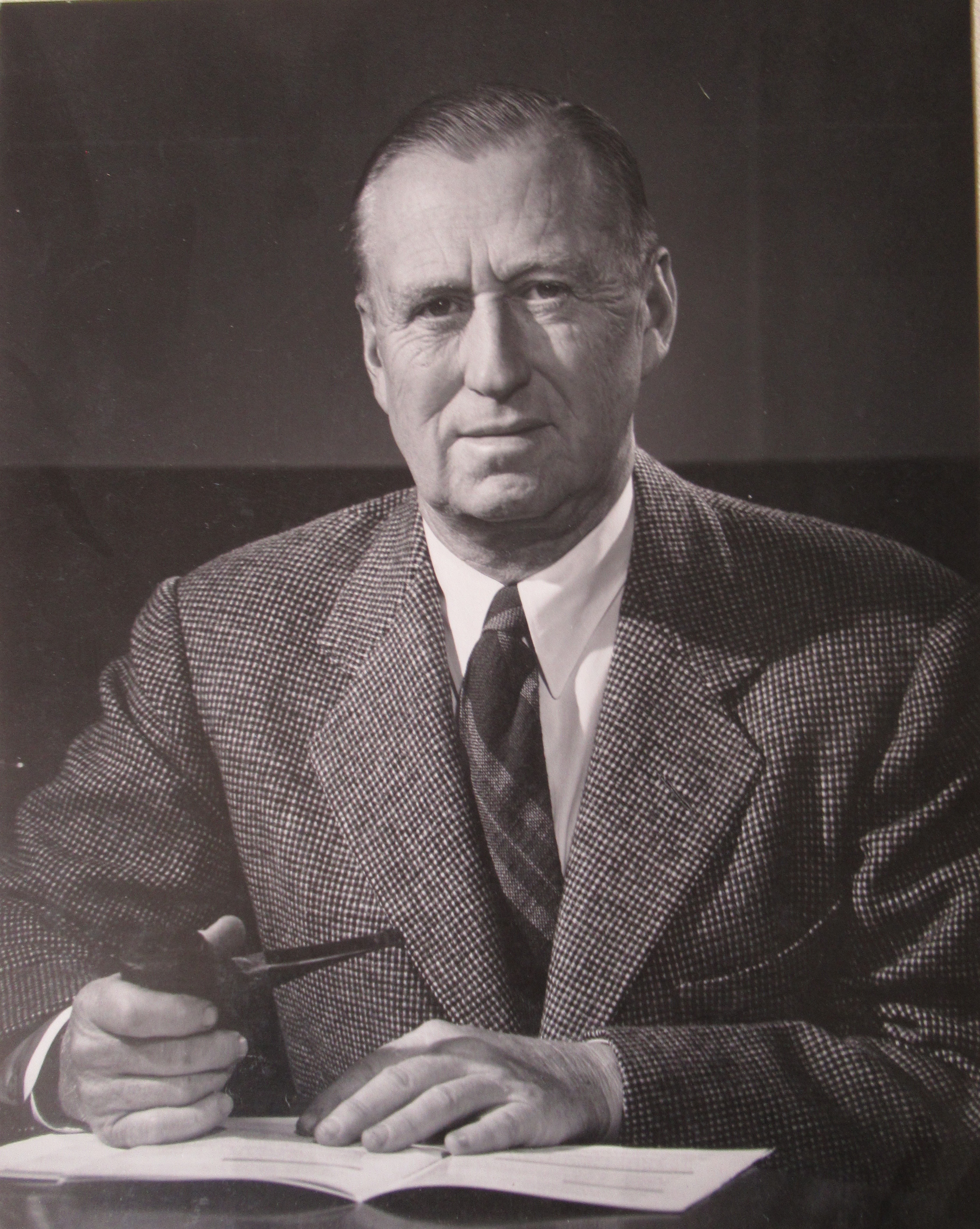 Although Ohio is often called the cradle of aviation as home to the Wright brothers, Upstate New York can also claim co-cradle status thanks in part to several alumni of the Sibley School.
Although Ohio is often called the cradle of aviation as home to the Wright brothers, Upstate New York can also claim co-cradle status thanks in part to several alumni of the Sibley School.
One of these was Leroy Randle Grumman who was a 1916 graduate. As salutatorian at his high-school graduation, he said, “The final perfection of the airplane will be one of the greatest triumphs that man has gained over matter.” After finishing at Cornell, he would later enlist as a Navy pilot in World War I and eventually create his own aircraft company centered in Long Island.
Grumman became an expert in lightweight aircraft structures which earned Grumman Aircraft Company Navy contracts. He developed carrier-based aircraft and perfected the folded wing and retractable landing gear before and during World War II. In 1958, Grumman’s company manufactured the Gulfstream, the world’s first business jet, and would go on to build the Lunar Excursion Module for the NASA Moon missions. The company exists today as industry giant Northrop-Grumman.
In the 1950, Leroy Grumman and his family donated funds to Cornell to build Grumman Hall.
Dorothy Allison Carlin, Class of 1924
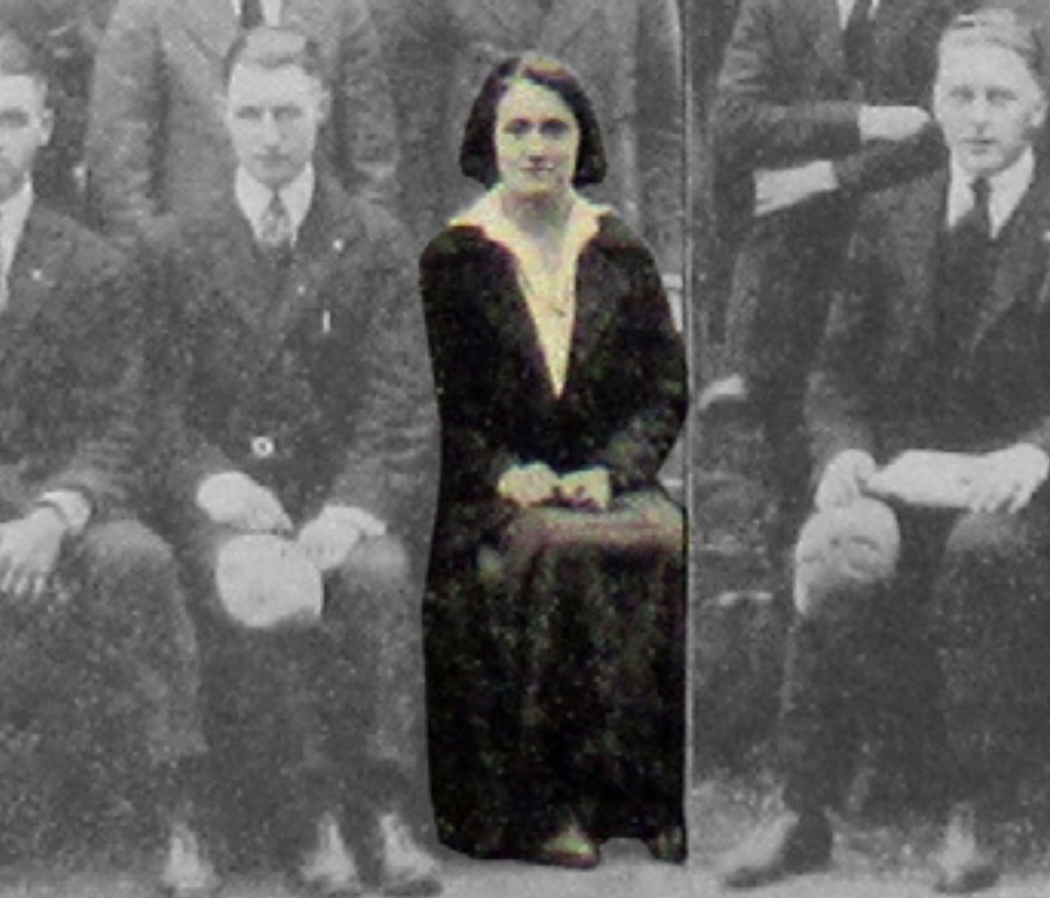 While many know Kate Gleason as Cornell’s first woman mechanical engineering student, Dorothy Allison Carlin was the seventh woman to study engineering at Cornell, and would have a hand in building some of the most traveled transportation hubs in the world.
While many know Kate Gleason as Cornell’s first woman mechanical engineering student, Dorothy Allison Carlin was the seventh woman to study engineering at Cornell, and would have a hand in building some of the most traveled transportation hubs in the world.
According to newspaper clippings shared online by historian Fran Becque, Allison Carlin became the first woman civil engineer employed by the Philadelphia Transit Department after graduating from the Sibley School in 1924. As a structural draftswoman, Allison Carlin helped to create the high-speed rail connecting Philadelphia to New Jersey. An article in the Philadelphia Inquirer reported that her hiring caused a “flutter” among her male counterparts, who wondered if they should start wearing coats during work hours. Allison Carlin, who was offered the job on the merits of her Sibley School degree, was reported to announce, “It’s coats off.”
Allison Carlin later served as an engineer with famed architect Eero Saarinen on projects at Dulles International Airport, JFK Airport, and the iconic St. Louis Gateway Arch.
Elmer Sperry and sons, circa 1876-1917
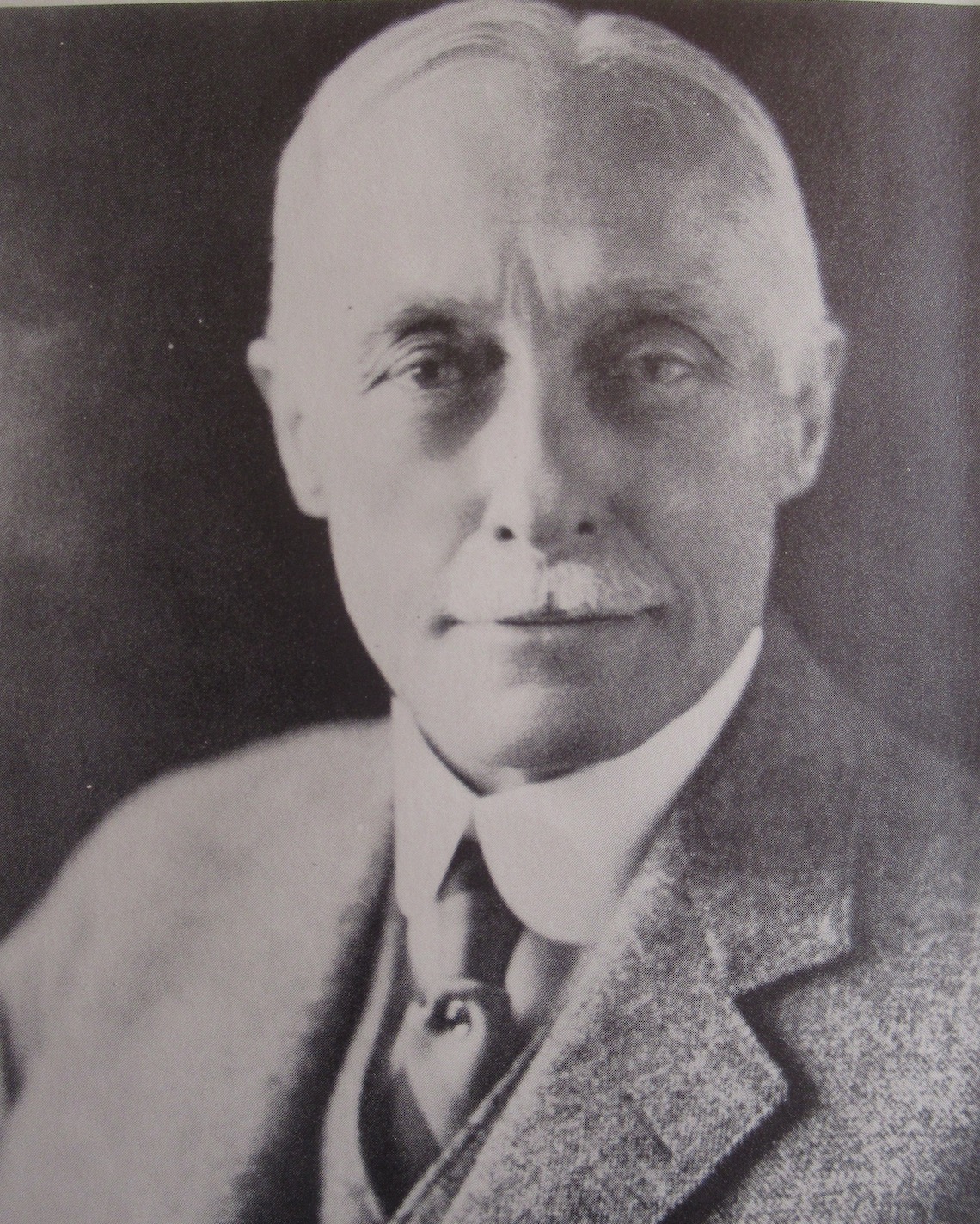 Elmer A. Sperry, inventor of the navigation gyro compass in 1908, was a part time student at the Sibley School circa 1876 to 1880, and worked with Professor William Anthony to build the Gramm dynamo that powered an electric lighting system on the Cornell campus, the first outdoor electric lights at a university.
Elmer A. Sperry, inventor of the navigation gyro compass in 1908, was a part time student at the Sibley School circa 1876 to 1880, and worked with Professor William Anthony to build the Gramm dynamo that powered an electric lighting system on the Cornell campus, the first outdoor electric lights at a university.
Sperry – a Cortland, N.Y., native – later founded an electric generator company in Chicago. After creating over 200 patents, his greater fame was based on his invention of a gyro navigation system and stabilizer. He subsequently founded the Sperry Gyroscope Company, and the gyro-based technology was eventually adapted for flying aircraft.
Sperry had three sons, two of whom studied mechanical engineering at Cornell: Edward, Class of 1915, and Elmer, Class of 1917. They each played roles in the company. Ahead of his time, Sperry also produced an electric battery powered automobile with a 100-mile range, that was exhibited in Paris in 1896.
G. David Low ’80
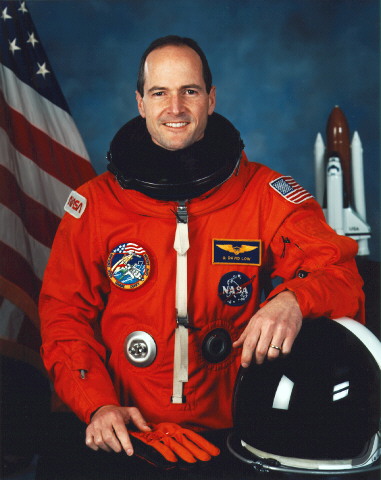 Mae Jemison, M.D. '81, may be Cornell’s most popular astronaut, but G. David Low was the university’s first.
Mae Jemison, M.D. '81, may be Cornell’s most popular astronaut, but G. David Low was the university’s first.
Low graduated from the Sibley School in 1980, and after working for NASA’s Jet Propulsion Laboratory, would become an astronaut and fly three space missions: STS-32 [1990], STS-43 [1991] and STS-57 [1993]. On his first NASA flight into space, he took a pair of Ezra Cornell’s silk wedding socks with him. These ‘space socks’ are still in the Cornell archives.
“There’s not a lot of research value, but it’s just one of those things that is really cool,” said university archivist Evan Earle ’02, M.S. '14, of the socks.
The flight aboard the Columbia wasn’t all fun and games for Low, who led the deployment of the SYNCOM IV-5 Navy communications satellite and conducted all of the medical experiments for the mission. Between all of his flights, Low logged more than 700 hours in space.
After retiring as an astronaut, Low joined Orbital Sciences Corporation and managed the company’s commercial space transportation program.
Chih-Kung Lee, Ph.D. ‘87
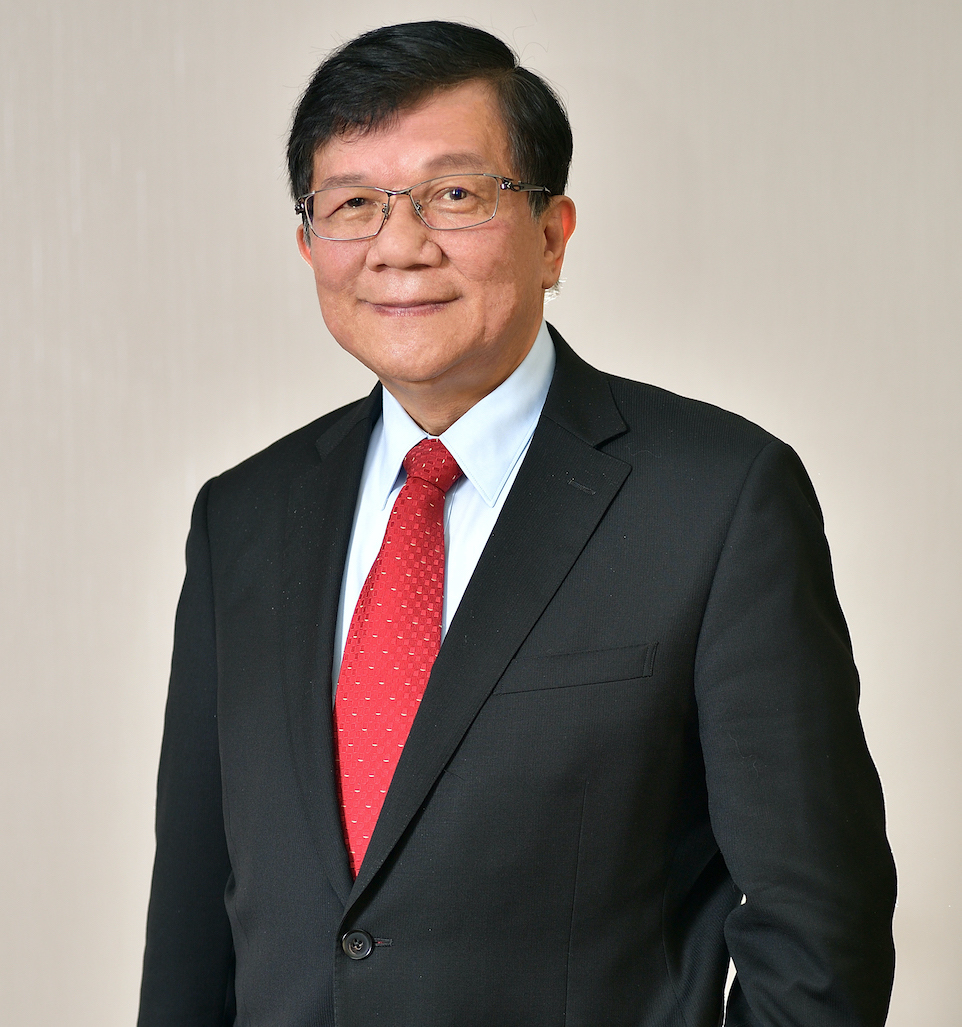 If there is one thing that characterizes Sibley School alumni it is leadership. A notable example is Chih-Kung Lee, who received his doctorate in 1987 and has risen from IBM research engineer, to professor at National Taiwan University, to Taiwan’s Minister of Economic Affairs.
If there is one thing that characterizes Sibley School alumni it is leadership. A notable example is Chih-Kung Lee, who received his doctorate in 1987 and has risen from IBM research engineer, to professor at National Taiwan University, to Taiwan’s Minister of Economic Affairs.
As a doctoral student, Lee worked with Professor Francis Moon and together they were awarded a patent for a piezo vibration sensor based on Lee’s research. He later worked at the IBM Research Center in San Jose, C.A., on magnetic disc drives and optoelectronic systems, receiving two distinguished invention awards.
Lee returned to Taiwan as a professor at the Institute of Applied Mechanics, NTU, and established a nano-bio MEMS group. His creative energy in research led him to many leadership positions, including Minister for Economic Affairs in Taiwan. Today he serves as Chairman of the Industrial Technology Research Institute of Taiwan.
Always with a smile on his face, Lee acknowledges his Cornell education by sending professor Moon a gift of Taiwan tea annually on Chinese Teacher’s Day.
Nadine Aubry, Ph.D. ‘87
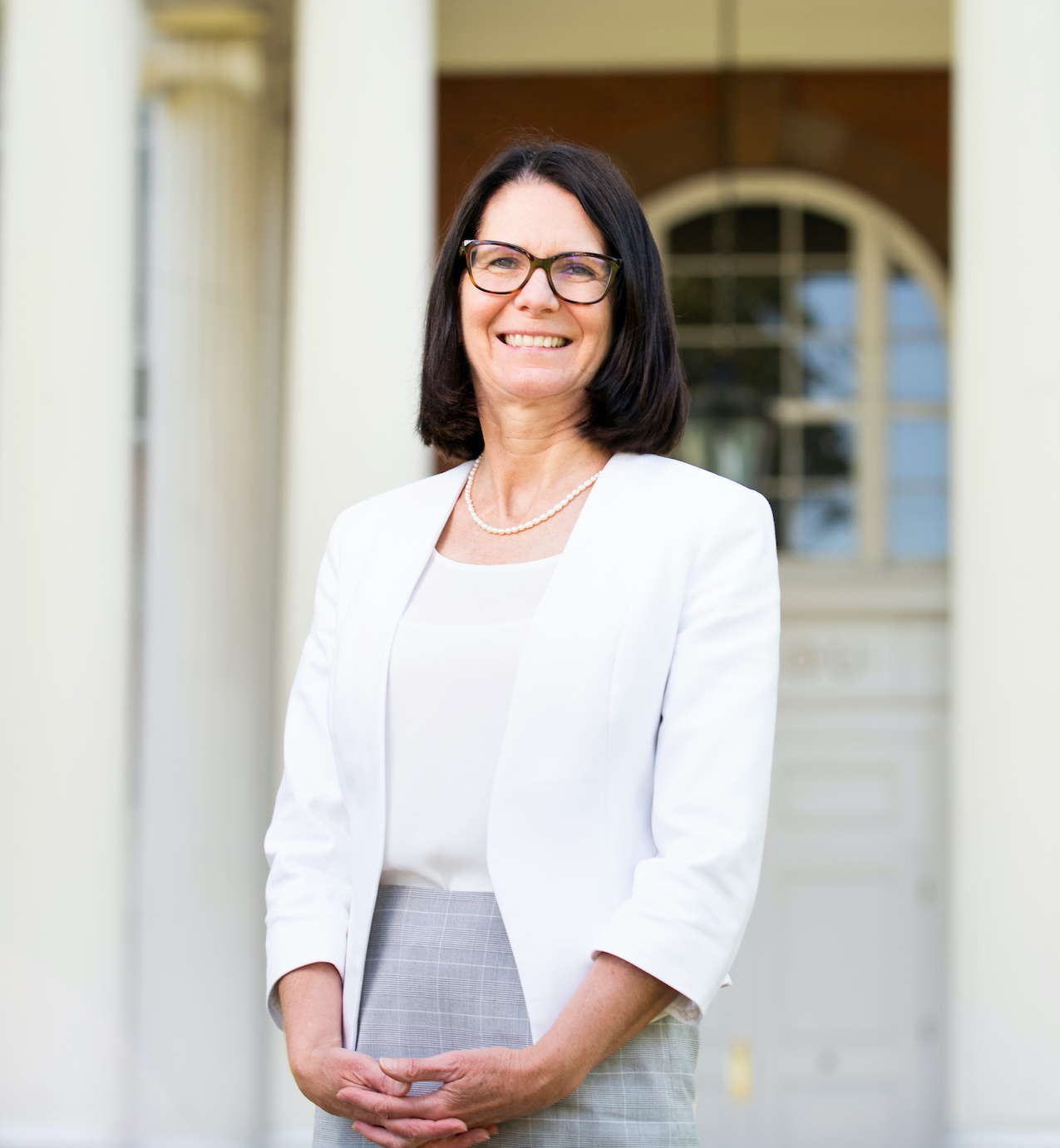 When it comes to accolades, Nadine Aubry has more than a few. The professor of mechanical engineering at Tufts University is an elected member of the National Academy of Engineering – one of the highest honors for an engineer – for her contributions to low-dimensional models of turbulence and microfluidic devices, and for leadership in engineering education.
When it comes to accolades, Nadine Aubry has more than a few. The professor of mechanical engineering at Tufts University is an elected member of the National Academy of Engineering – one of the highest honors for an engineer – for her contributions to low-dimensional models of turbulence and microfluidic devices, and for leadership in engineering education.
Coming from France, Aubry enrolled as a graduate student in the Sibley School, working with world expert on fluid turbulence, Professor John Lumley.
Aubry is also an elected member of the American Academy of Arts and Sciences, and is a fellow of the American Physical Society, the American Society of Mechanical Engineers, the American Association for the Advancement of Science, the American Institute of Aeronautics and Astronautics, the American Academy of Mechanics, the U.S. National Academy of Inventors, and a member of the European Academy of Sciences and Arts.
Aubry is a former provost and senior vice president at Tufts, served as dean of Northeastern University’s College of Engineering, and was head of the Department of Mechanical Engineering at Carnegie Mellon University, among other titles.
Swati Mohan ’04
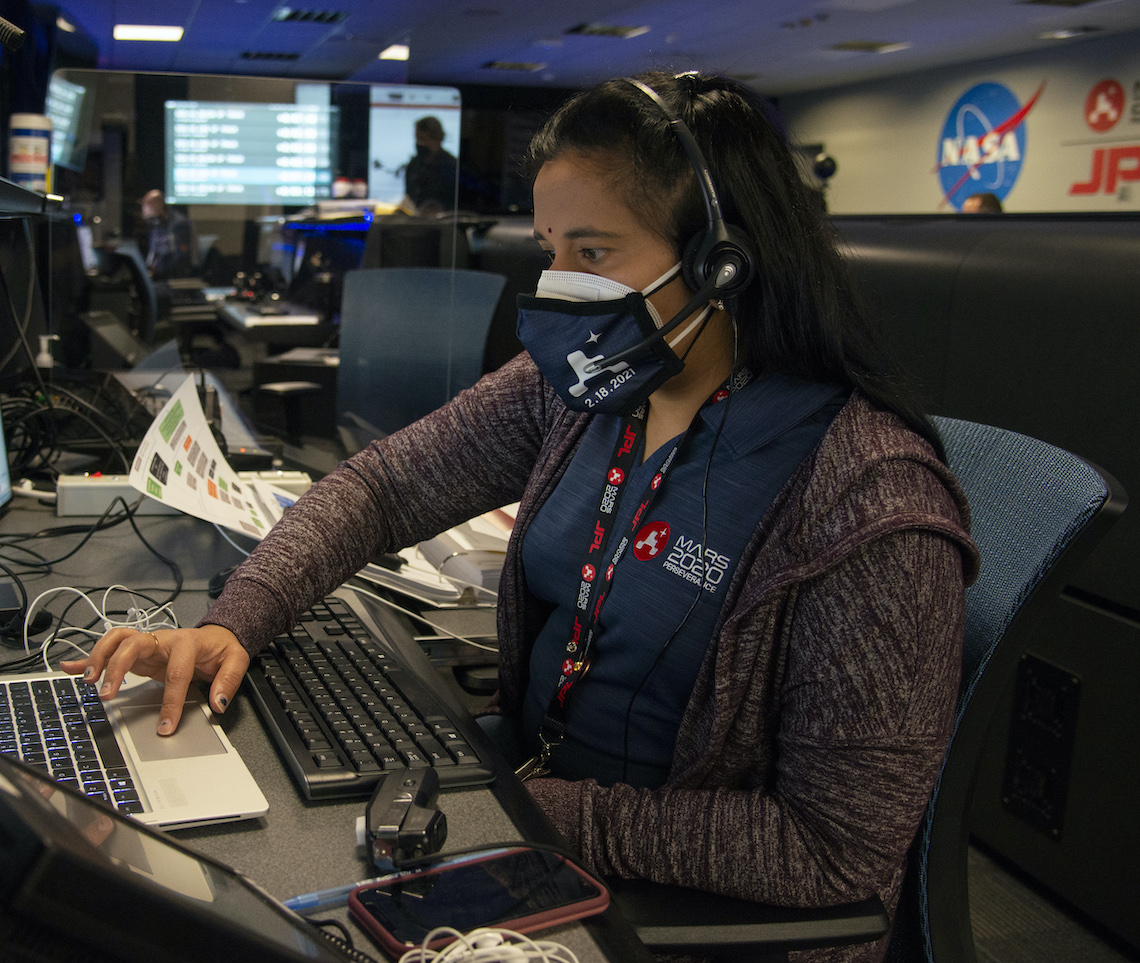 For a moment in time on Feb. 18, 2021, millions of people – 14 million on YouTube alone – were hanging on to every word spoken by Swati Mohan.
For a moment in time on Feb. 18, 2021, millions of people – 14 million on YouTube alone – were hanging on to every word spoken by Swati Mohan.
“Touchdown confirmed,” said the 2004 Sibley School graduate, who narrated the historic landing of the NASA Perseverance rover on Mars. Broadcasting to the public from mission control at NASA’s Jet Propulsion Laboratory, Mohan concluded, “Perseverance is safely on the surface of Mars, ready to begin seeking the signs of past life.”
Mohan had worked on the Perseverance team since 2013, when the mission began, and called the landing as the mission’s guidance, navigation and controls operations lead. She also worked on NASA’s Cassini mission just as the spacecraft took its first images of Saturn, and on NASA’s Gravity Recovery and Interior Laboratory mission, which used a spacecraft to map the gravitational field of the moon and determine its interior structure.
In an article for the MAE Newsletter, Mohan said a CubeSat project at Cornell “helped me find my niche that I've continued in throughout my career so far.”


